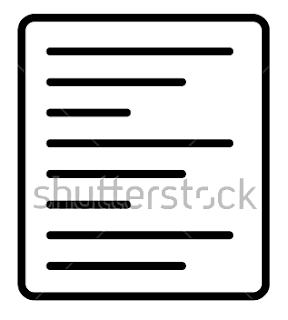- Alignment is all about organising elements relative to a line (or) margin. This is usually an invisible margin implied by the way your design is arranged.
- It creates sharper, more ordered design.
- It eliminates the haphazard, messy effect which comes when items are placed randomly.
Out of alignment
Proper alignment
Benefits of alignment:
- To organize elements.
- Group elements.
- Create balance.
- To create visual connections.
- Center align
- Left align
- Right align
- Justify


- Center align: In this all lines begin from center. The element will take up the specified width, and the remaining space will be split equally between the two margins.
- Centered text is best used for headlines and short lines of text.
- Left align: In this all lines begin from the same distance from the left margin but end at varying distances from the right margin. This is an example in which everything is aligned to the left, bullets points are used to list items so it is fairly easy to read.
- Users can read each line by simply moving their eyes to the left edge each time.
- This makes your paragraphs faster and easier to read because the user’s eyes don’t have to work as hard to find where the line starts each time.
- This makes your paragraphs faster and easier to read because the user’s eyes don’t have to work as hard to find where the line starts each time.
- Right align: In this lines begin at varying distances from the left-margin, but end at the same distance from right margin respectively.











